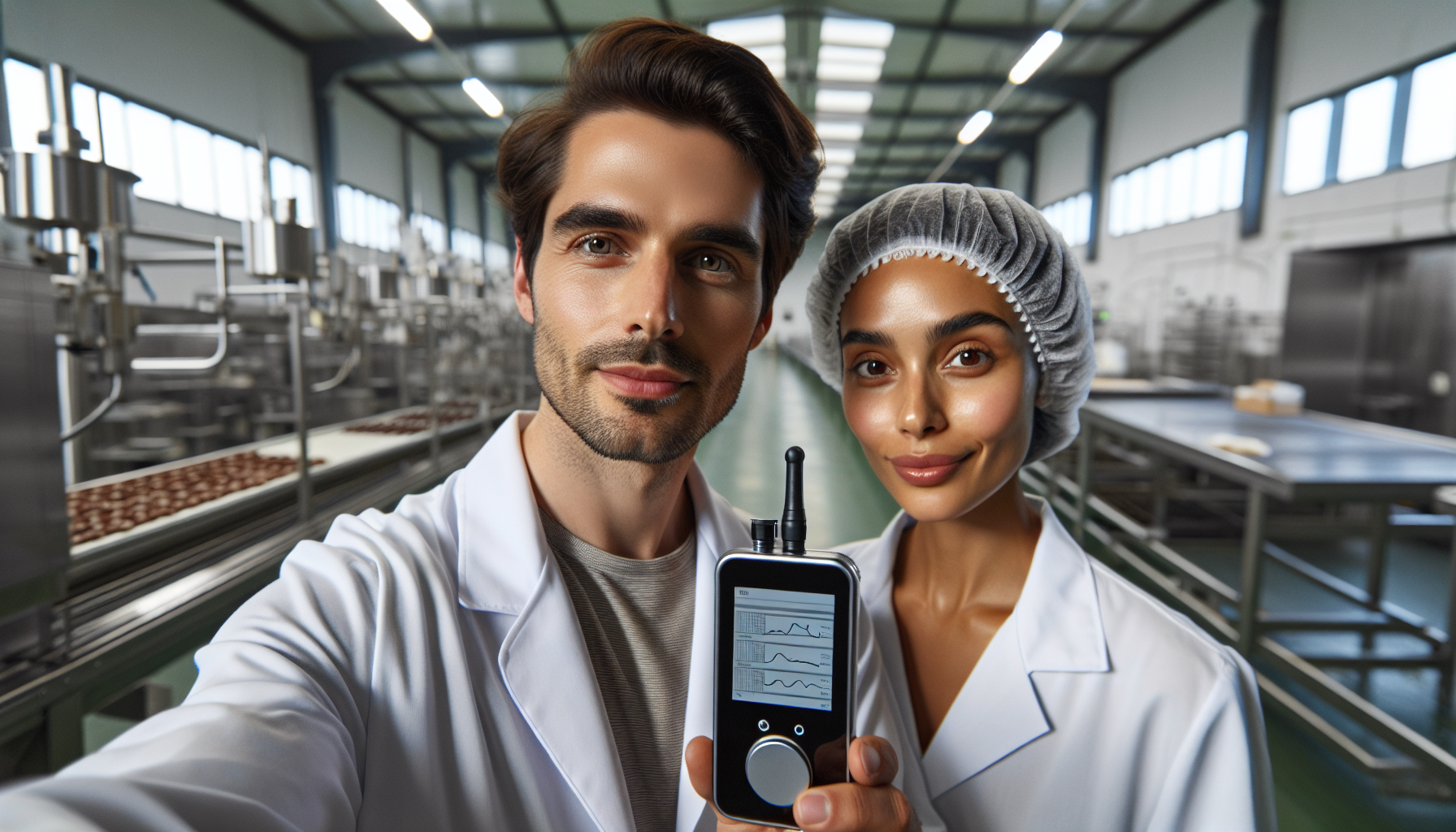AI Odor Sensors in Brand Protection: Safeguarding Product Authenticity and Reputation
This article explores how innovative AI-powered odor sensing technology is revolutionizing brand protection. With counterfeit products posing a major threat to industries such as luxury goods, pharmaceuticals, and consumer-packaged goods, these sensors provide a cutting-edge solution by detecting the unique chemical odor profiles of authentic products. The technology not only ensures authenticity but also helps brands maintain trust, safeguard consumer safety, and fight global fraud trends. From combating fake perfumes to identifying counterfeit medications, AI’s integration into a traditionally sensory process highlights its potential to transform industries confronting evolving challenges in product safety and integrity.
The Rising Threat of Counterfeit Products and Its Impact on Brands
The rise of counterfeit products is an escalating concern for businesses across industries. These fakes, often designed to closely mimic genuine items, pose significant risks to brand identity and consumer trust. Whether it’s luxury handbags, pharmaceuticals, or food products, the infiltration of counterfeits into markets undermines the hard-earned reputations of brands. Beyond financial losses, the presence of counterfeit goods jeopardizes safety and diminishes the confidence consumers have in authentic products.
Counterfeit goods cost the global economy billions of dollars every year, with widespread implications for innovation and industry growth. For luxury brands, this means a dilution of exclusivity and value. For pharmaceuticals and health-related products, counterfeit versions can endanger lives by containing harmful or ineffective substances. The threat is further compounded by the increasing sophistication of counterfeiters, making it harder than ever to distinguish real products from replicas using traditional methods.
The impact of counterfeit products extends far beyond immediate revenue loss. Long-term damage to brand reputation can be severe, as customers often attribute their dissatisfaction or harm to the authentic company rather than a fake product. Once consumer trust is broken, it can take years of effort and significant resources to rebuild. This erosion of trust can ripple through industries, resulting in stricter regulations and higher costs for compliance and quality assurance processes.
In today’s digital age, the proliferation of counterfeit goods has been fueled by e-commerce platforms and globalized supply chains. Online marketplaces have made it easier for counterfeiters to distribute and sell their products to unsuspecting consumers. This challenge is compounded by the difficulty of monitoring such vast networks. As the problem intensifies, brands are under immense pressure to find innovative solutions to protect their customers, products, and reputations in an increasingly complex landscape.
Governments and organizations around the world have recognized the dangers posed by counterfeiting, introducing measures to combat this growing issue. However, enforcement is often challenging due to cross-border operations and varying legal frameworks. The need for advanced technologies, like AI odor sensors, becomes crucial in bridging this gap. These tools offer a proactive, scientific approach to product authentication, enabling brands to outpace counterfeiters while securing a safer consumer marketplace.
How AI-Powered Odor Sensors Work in Detecting Authenticity
AI-powered odor sensors operate by mimicking the human sense of smell, but with far greater precision and reliability. These sensors analyze the unique chemical profiles emitted by products, identifying specific markers that determine authenticity. Advanced algorithms process the data in real-time, comparing it against vast libraries of odor signatures. This capability enables the sensors to differentiate genuine products from counterfeits with exceptional accuracy, making them an invaluable tool in combating widespread forgery challenges.
The core technology behind AI odor sensors combines chemical detection with machine learning. As these sensors encounter new products, they continuously refine their understanding of distinctive odors associated with authenticity. This iterative process ensures adaptability, particularly as counterfeiters evolve their methods. By leveraging vast datasets, the sensors learn subtle patterns invisible to the human nose, and this allows the system to provide efficient, scalable solutions for verifying a product’s integrity across industries.
Beyond merely detecting authenticity, AI odor sensors undergo rigorous training to recognize odors under varying environmental conditions. Temperature, humidity, and other external factors may alter odor signatures, but the technology compensates by using predictive modeling. This adaptability ensures consistent performance across real-world scenarios. Consequently, the sensors can operate effectively in diverse settings, from manufacturing facilities to retail environments, offering brands a dynamic tool in their fight against counterfeit products.
One of the most groundbreaking aspects of AI odor sensors is their integration into supply chains. These sensors can be deployed at different stages of production and distribution to verify authenticity at every checkpoint. This early detection minimizes the risk of counterfeit goods entering global markets, protecting both brands and consumers. Furthermore, the non-invasive nature of these devices makes them an attractive alternative to traditional methods, which often require direct product interaction or destructive testing.
Any product that needs a manual to work is broken.
Elon Musk
Transforming Industries: Applications and Benefits of AI Odor Sensing
One of the most groundbreaking aspects of AI odor sensors is their integration into supply chains.
